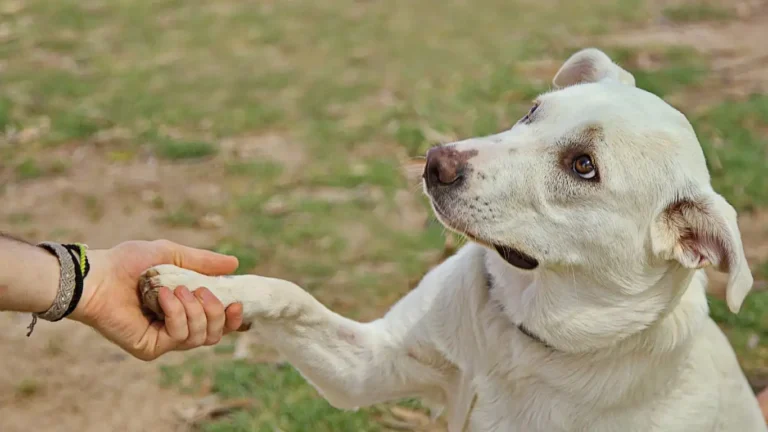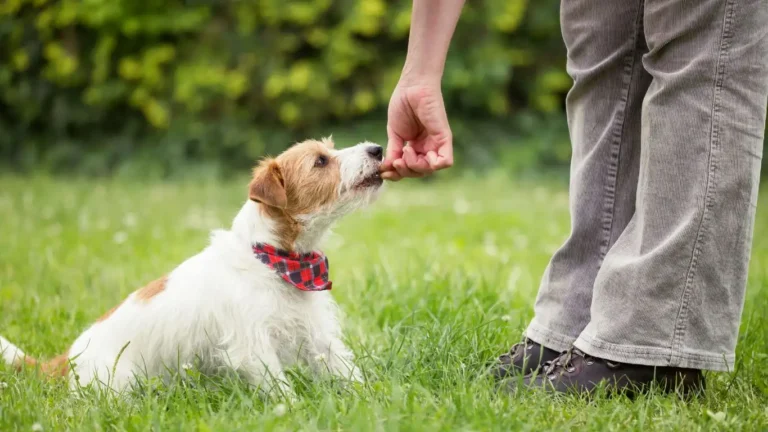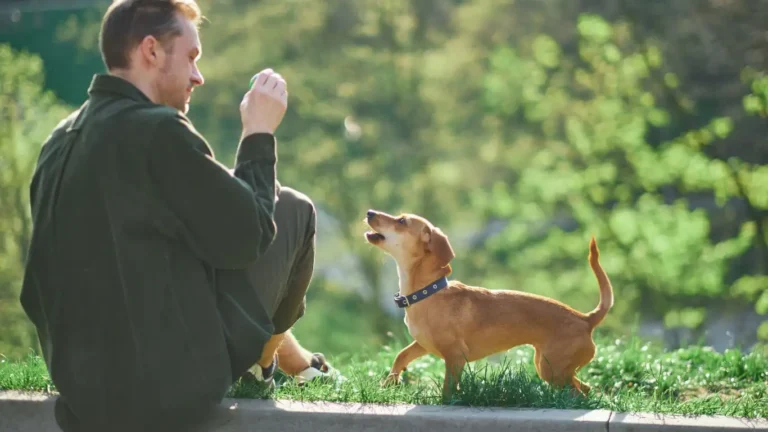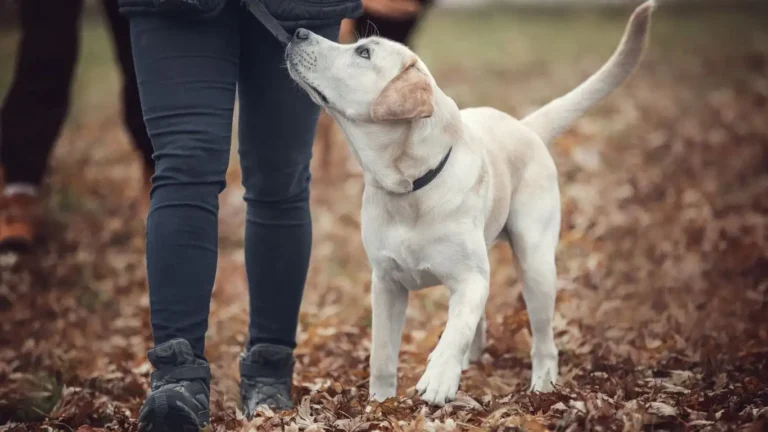Proven Tips to Stop Crate Barking Fast: Train Your Dog Calmly
If you’ve ever Googled how to train a dog to stop barking in crates, you’re probably already at your wit’s end. I get it—I’ve been there with more than a few dogs during my years as a Canine-Assisted Therapy Trainer. You tuck them into their cozy crate, expecting peace, and instead get a nonstop yapping session that could drive anyone up the wall. The good news? There’s a solution—and no, it doesn’t involve earplugs. I’ll walk you through techniques that actually work, and I’ll sprinkle in a few stories from my own hands-on experience along the way.
Why Dogs Bark in Crates

Before we can stop the barking, we’ve got to understand why it’s happening. Dogs don’t just bark for no reason—they’re trying to tell us something. In my experience, crate barking usually boils down to one (or more) of these root causes:
- Anxiety: They associate the crate with isolation or fear.
- Boredom: There’s nothing to do in there, and barking becomes their activity.
- Lack of crate training: Many pups simply haven’t learned to see the crate as their safe space yet.
- Attention-seeking: Especially if they’ve learned that barking gets you to open the crate door.
Back when I was working with a golden retriever named Max—super sweet guy but a chronic crate barker—it took me weeks to realize his issue was boredom, not fear. Once we added some mental stimulation into his crate time, his barking dropped dramatically. That lightbulb moment has helped me with dozens of dogs since.
Setting the Stage for Crate Success

If your dog views the crate as a punishment, they’re never going to feel calm inside it. That’s why the first step is creating positive associations. I always tell pet parents: think of the crate like your dog’s personal bedroom, not their jail cell.
Make It Inviting
Start by ensuring the crate is comfortable. Add soft bedding, a piece of your clothing (your scent is comforting), and maybe even a fan nearby for white noise. Lighting matters too—avoid placing it in a bright, high-traffic area. Dogs love cozy corners.
Use Treats and Toys Strategically
My go-to move? Tossing in a high-value treat or a frozen peanut butter Kong before crate time. Not only does it distract them, but it builds that essential positive link between crate and “good stuff happens here.” With one stubborn husky, I actually used a rotating toy system—different chew toys each day. It turned crate time into a game.
Don’t Just Shut the Door
This is a common mistake I see: people pop the dog in the crate and immediately shut the door like they’re locking down a crime scene. Ease into it! Let your pup wander in and out a few times with the door open. Reward them each time they choose the crate themselves. Gradual exposure works wonders.
How to Train a Dog to Stop Barking in Crates: Start With Timing
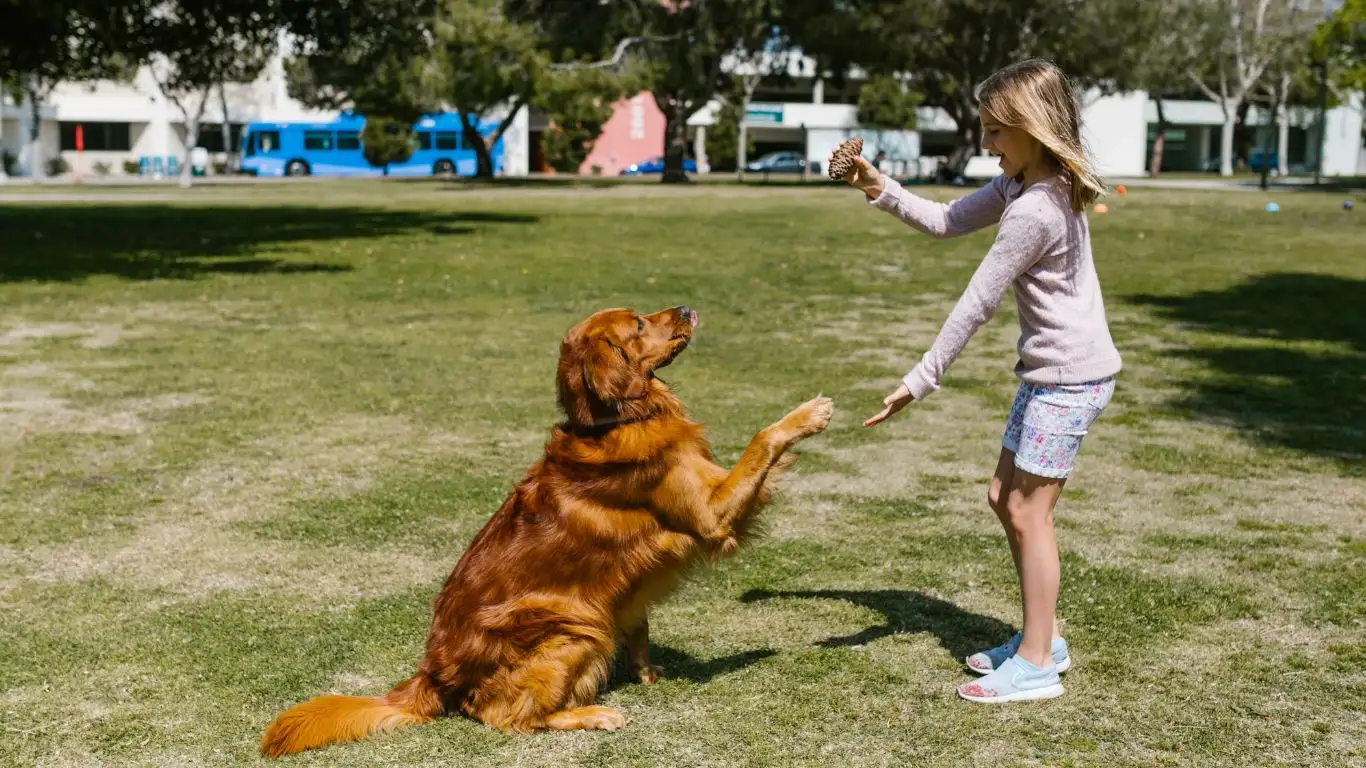
Let’s get into the nitty-gritty of how to train a dog to stop barking in crates. Timing is everything. If you respond to barking the wrong way, you could unintentionally reinforce it. I’ve made that mistake myself early on, especially when working with shelter dogs who had trauma triggers. Now I’m careful to:
- Ignore the barking—initially: If your dog barks and you immediately open the crate or scold them, guess what? You’ve just taught them barking works. Wait for a quiet moment, even a short pause, before responding.
- Reward the quiet: The second they stop barking, offer a calm “Good boy/girl” and toss in a treat. Reinforce silence, not noise.
- Use consistent crate cues: A word like “crate” or “bedtime” paired with a hand signal builds routine and expectation. Dogs thrive on structure.
With a little lab named Daisy, I had to sit outside her crate for the first few days—just being present, not engaging. Over time, she barked less because she wasn’t alone. Eventually, I moved further away, and she was able to stay quiet all on her own. That kind of progress? Totally possible for your pup too.
Managing Barking at Night: A Common Struggle

One of the biggest pain points I hear from dog owners is the nighttime crate barking. It’s like clockwork—the house goes quiet, lights go out, and suddenly it’s “bark-o-clock.” If that’s happening at your place, you’re not alone. I’ve worked with so many pups who handled daytime crating just fine, but nighttime? Totally different story.
Here’s what I usually recommend to clients struggling with the late-night symphony:
- Last potty break right before bed: You’d be surprised how often the barking is just your dog saying, “Hey, I gotta pee!” A quick trip outside before lights out makes a huge difference.
- Keep crate near your bed (temporarily): Especially for puppies or newly adopted dogs. Just being close to you can reduce their anxiety. I’ve even had some success with keeping a hand by the crate until the dog drifts off—worked like magic for a rescue I had named Lucky.
- Don’t engage when barking starts: I know it’s tough, especially at 2 AM, but if you cave and talk to them or open the crate, they’ll learn barking gets your attention. Ride it out unless you suspect an emergency.
There’s a sweet old trick I learned from a vet tech years ago: drape a lightweight blanket over the crate to block out light and create a “den-like” vibe. Just make sure there’s good airflow. It calms the nervous system more than you might think.
What Not to Do When Crate Barking Happens

Sometimes, we unintentionally make crate barking worse without realizing it. And trust me, I’ve made some of these mistakes myself early on. Let’s break down the big no-no’s when you’re learning how to train a dog to stop barking in crates:
- Don’t use the crate as punishment: If your dog chews your shoes and you toss them in the crate right after, they’ll start linking crate = bad things. You want your dog to want to go in there.
- Don’t yell: Yelling either amps up your dog’s anxiety or makes them think barking is a fun back-and-forth game. Either way, not what we’re going for.
- Don’t rush crate training: This one’s huge. Training takes time and patience. Skipping steps leads to frustration—for both of you. One of my clients tried to go from zero to eight-hour crating overnight. Spoiler: didn’t end well. Slow and steady always wins this race.
Another tip? Keep a journal. No, seriously. I’ve had success with owners jotting down what times barking happens, how long it lasts, and what they did in response. Patterns show up fast, and it becomes easier to make tweaks that actually work.
Daily Routine Makes a Difference
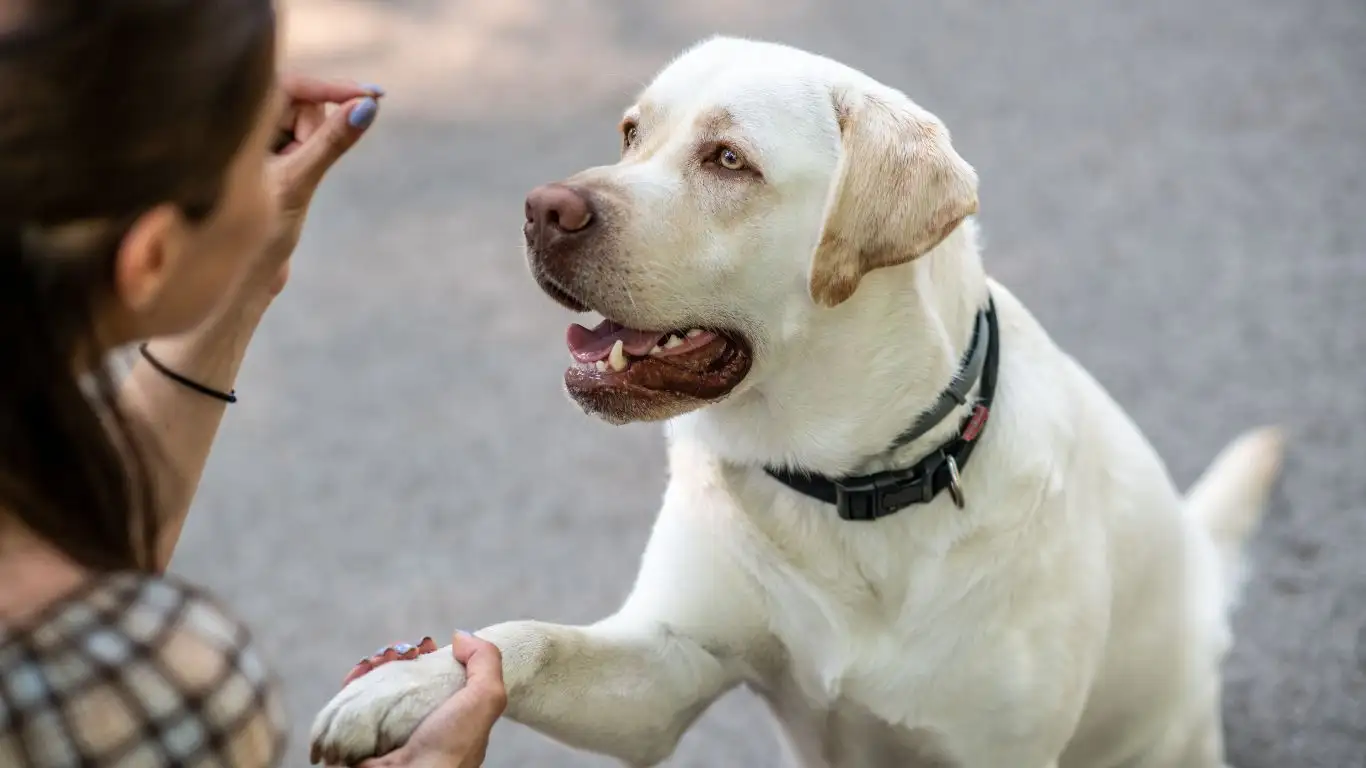
I can’t stress this enough—routine is your best friend when crate training a barker. Dogs are creatures of habit. If you keep your dog guessing about crate time, feeding, walks, or potty breaks, that uncertainty feeds into anxiety. And anxious dogs? Yeah, they bark more.
Structure Your Day Like This
- Morning potty + walk
- Breakfast followed by crate time with a toy
- Midday potty break and short play session
- Afternoon nap in the crate (optional)
- Evening walk to burn energy
- Dinner and wind-down time
- One last potty break before bed
- Crate for bedtime with soft lighting or white noise
With a solid routine, your dog knows what to expect, and over time, crate time becomes just another predictable part of their day. I helped a client with a beagle named Olive (cutest ears you’ve ever seen) go from 45 minutes of barking per night to zero in just over a week by sticking to a consistent daily rhythm. Predictability builds trust. And trust? That’s gold.
Mix Mental + Physical Stimulation
Physical exercise is important, sure—but don’t skip out on the mental stuff. Dogs need a job, especially working breeds. Snuffle mats, treat puzzles, or even simple scent games can help wear them out mentally. A tired dog is a quiet dog, especially in a crate.
One of my secret weapons is a homemade puzzle game using muffin tins, tennis balls, and a few treats. Keeps them busy, happy, and tired. It’s like the doggie version of Sudoku.
When to Seek Professional Help

Let’s be real—sometimes, despite your best efforts, the barking doesn’t stop. And hey, that’s not a failure on your part. I’ve had cases where even after weeks of consistent training, a dog’s barking in the crate pointed to deeper behavioral issues or past trauma. That’s when I usually recommend bringing in a certified professional dog trainer or behaviorist.
If your dog is showing signs of extreme distress like:
- Excessive drooling or panting in the crate
- Destructive chewing or trying to escape
- Reluctance to enter the crate at all, even with high-value treats
- Ongoing barking for more than a few weeks with no progress
…then it might be time to get extra help. I’ve collaborated with veterinary behaviorists when I suspected separation anxiety was the root issue. In a case with a spaniel mix named Tilly, her crate barking wasn’t just an annoyance—it was a panic response. Medication and a customized desensitization plan made all the difference.
Just remember, asking for help doesn’t mean you’re doing it wrong. It means you care enough to do it right.
Consistency Over Perfection

Here’s a little trainer truth: progress isn’t linear. You’ll have good days, great days, and some days where it feels like your dog has forgotten everything. That’s normal. I’ve had dogs sail through crate training in three days, and others who needed months. The key is staying consistent—not perfect, just consistent.
Track Progress with Small Wins
Keep a log of crate times, barking duration, and successes. You’ll be amazed at how motivating it is to see improvement written down. Maybe today your pup only barked for two minutes instead of ten. That’s a win worth celebrating!
With one little rescue, Marley, we celebrated every milestone—from lying quietly in the crate for 30 seconds to finally napping in there with the door closed. Slow progress is still progress, and your dog feels your energy every step of the way.
Lean Into What Works
Don’t be afraid to experiment. If a white noise machine calms your dog, use it. If a favorite stuffed animal brings them comfort, toss it in the crate. I had a bulldog who stopped barking cold turkey when we added lavender-scented bedding. Go figure. Just be safe and supervised with whatever you try.
Quick Recap: Your Crate Barking Toolkit
Let’s wrap up with a handy little cheat sheet. Here’s what I’ve found most helpful over the years for how to train a dog to stop barking in crates:
- Start with understanding: Know what’s behind the barking—anxiety, boredom, habit?
- Create positive associations: Make the crate cozy, fun, and rewarding.
- Use timing wisely: Don’t reinforce barking—reward silence and calm behavior.
- Stick to a routine: Predictability builds confidence in dogs.
- Be patient: Crate training is a marathon, not a sprint.
- Don’t hesitate to get help: Trainers and vets are great allies.
One last tip from me to you—trust your gut. You know your dog better than anyone. If something feels off, investigate. If something’s working, lean into it. And most importantly, keep showing up. That consistency? That love? That’s what builds the quiet, confident crate dog you’re aiming for.
References
Disclaimer
The information in this article is based on my personal experience as a Canine-Assisted Therapy Trainer and is intended for general guidance. It does not replace the advice of a licensed veterinarian or certified behaviorist. Always consult a qualified professional if you’re concerned about your dog’s behavior or health.

